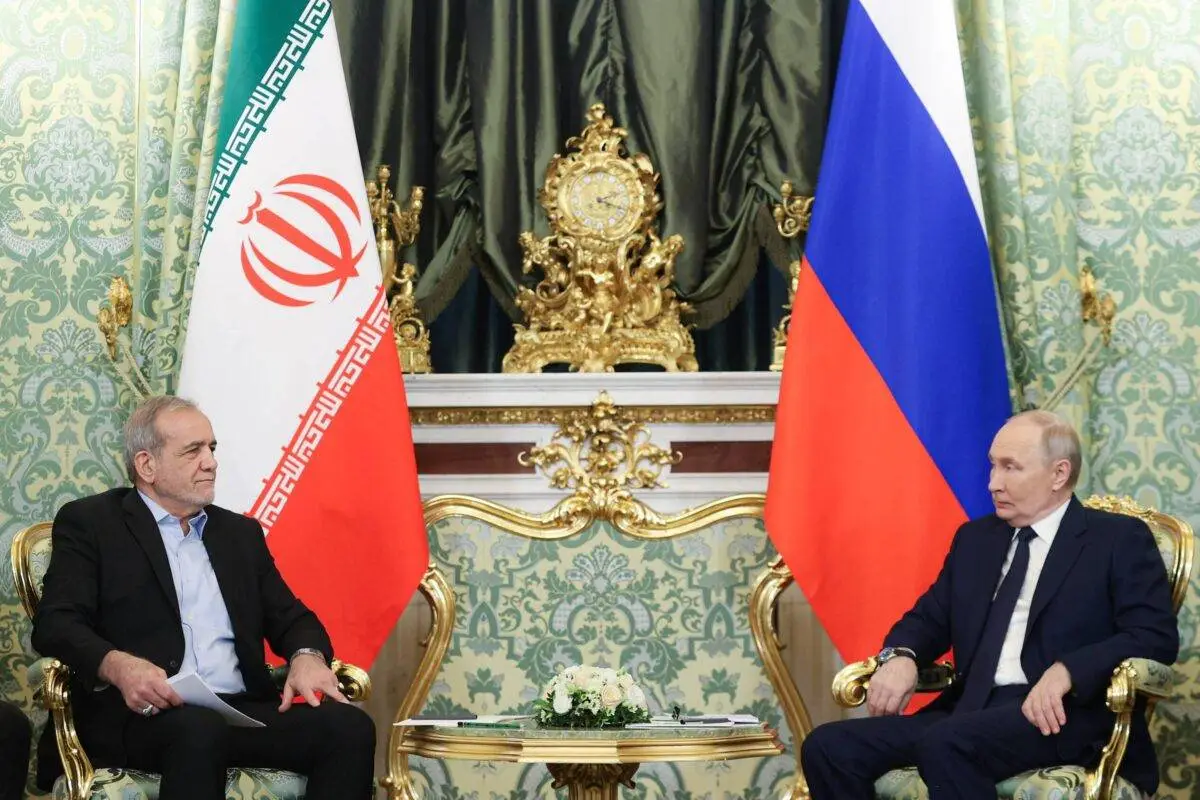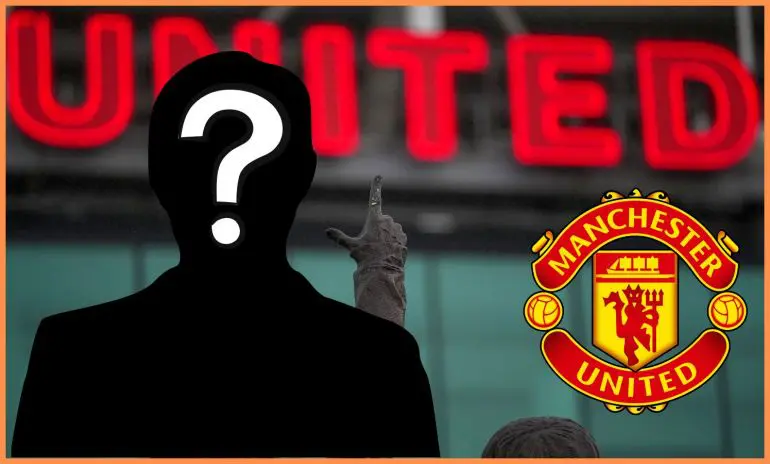As tensions mount behind the scenes of WWE, Charlotte Flair‘s recent backstage drama has captured the attention of fans and insiders alike, while Tiffany Stratton‘s electrifying promo on SmackDown has sparked discussions about the future of women’s wrestling in the organization.
Flair, widely regarded as one of the premier talents in WWE history, has found herself at the center of controversy, with reports suggesting that her frustrations regarding creative direction and match placement have led to heated exchanges with management. This situation has raised questions about the stability of the women’s division and the potential ramifications for Flair’s career trajectory.
Multiple sources have indicated that Flair’s dissatisfaction stems from a perceived lack of adequate storytelling in her recent feuds. “Wrestling is about the narrative,” she reportedly expressed during a closed-door meeting, emphasizing the importance of compelling storylines to engage the audience. This sentiment resonates not only with her but also with many wrestlers who feel that their talents are being underutilized.
The backstage atmosphere, once characterized by collaboration and mutual respect, appears increasingly fraught as superstars navigate their individual aspirations against the organization’s broader objectives.
In stark contrast to the tension surrounding Flair, Tiffany Stratton’s recent promo on SmackDown has been heralded as a game-changer. Her confident delivery and sharp wit have captivated viewers and sparked discussions about her potential as a leading figure in the women’s division.
During her segment, she boldly declared, “I am not just a contender; I am the future,” signaling a shift in the narrative landscape of WWE’s women’s wrestling scene. Stratton’s ability to connect with the audience while showcasing her character’s depth may well usher in a new era of storytelling that many fans have long wished for.
The juxtaposition of Flair’s backstage turmoil and Stratton’s breakout moment illustrates the complexities of the wrestling industry. While Flair’s legacy hangs in the balance, dependent on how management addresses her concerns, Stratton’s ascent indicates the potential for fresh narratives that resonate with the audience.
As fans enthusiastically await developments, it is clear that the dynamics within WWE are shifting, and both Flair and Stratton are pivotal figures in this evolving landscape. The future of women’s wrestling in WWE may depend considerably on how these two talented women navigate their respective challenges in the coming months.














